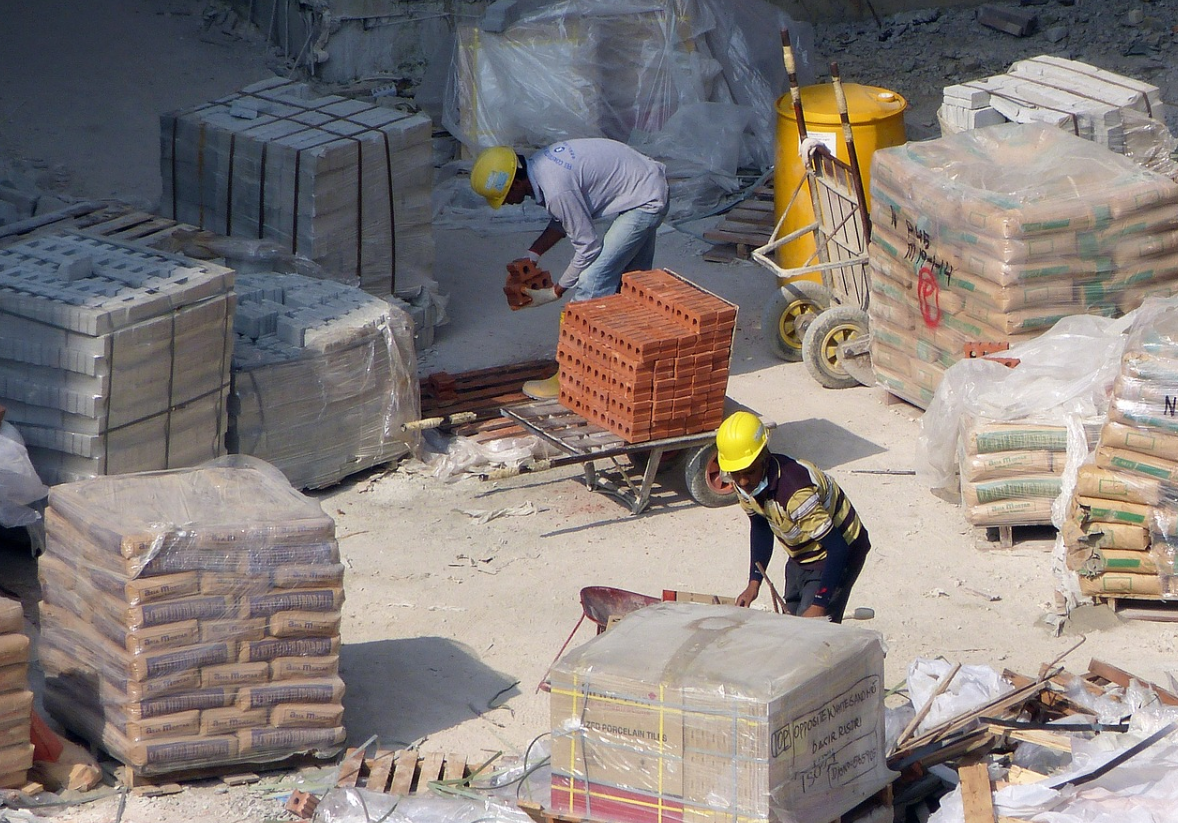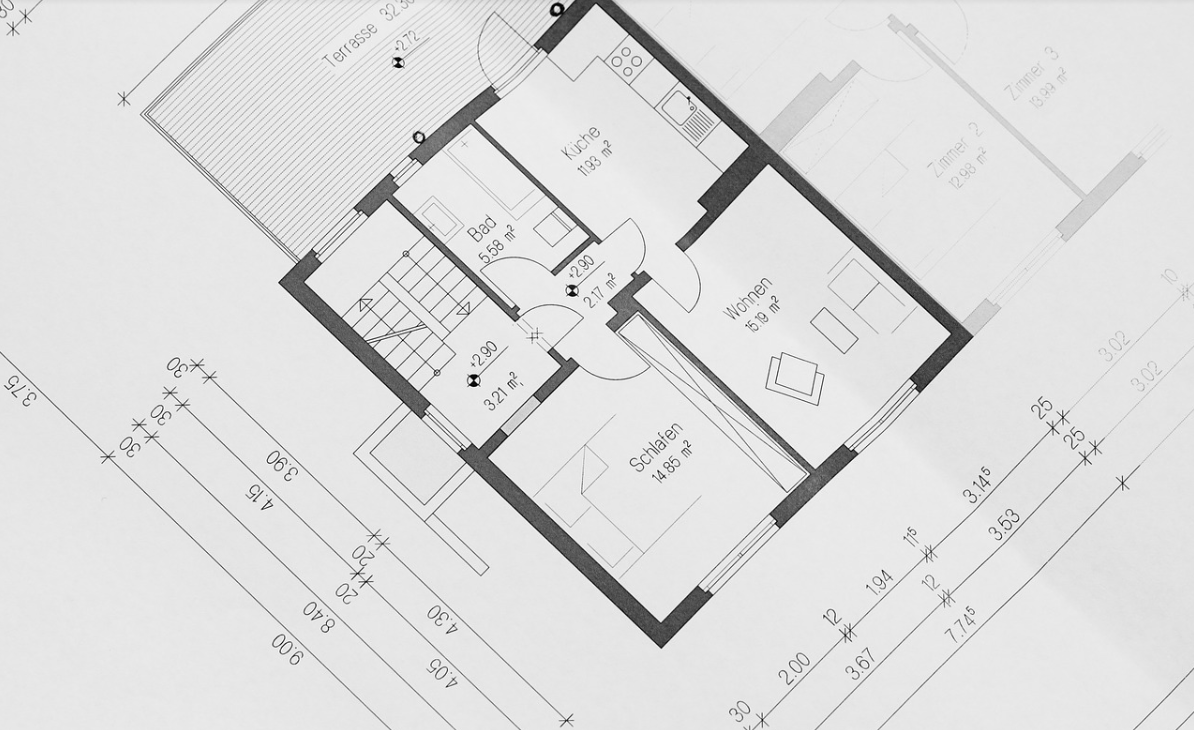LEED Green Associates: Planning Your LEED Project Is Important
Any building project is challenging but managing a LEED project is even more demanding from a project management perspective. As a LEED Green Associate, to get a LEED project certified, you must work differently than you would a regular building/architecture project. Much of your LEED project success depends on planning and managing the process and how your team works together. Here are some tips on how to plan and manage your next LEED project.
What LEED Rating System Is Right For Your Project?
First, you need to determine what LEED rating system is the right one for your building project. The LEED v4 certification program has 21 variations that can accommodate most construction and renovation projects in a variety of market sectors:
- LEED for Building Design and Construction
- LEED BD+C: New Construction and Major Renovation
- LEED BD+C: Core and Shelf Development
- LEED BD+C: Schools
- LEED BD+C: Retail
- LEED BD+C: Data Centers
- LEED BD+C: Warehouses and Distribution Centers
- LEED BD+C: Hospitality
- LEED BD+C: Healthcare
- LEED BD+C: Homes and Multifamily Lowrise
- LEED BD+C: Multifamily Midrise
- LEED for Interior Design and Construction
- LEED ID+C: Commercial Interiors
- LEED ID+C: Retail
- LEED ID+C: Hospitality
- LEED for Building Operations and Maintenance
- LEED O+M: Existing Buildings
- LEED O+M: Retail
- LEED O+M: Schools
- LEED O+M: Hospitality
- LEED O+M: Data Centers
- LEED O+M: Warehouses and Distribution Centers
- LEED for Neighborhood Development
- LEED ND: Plan
- LEED ND: Built Project
It’s important that you select the right rating system for your project early on – this will make or break your LEED project. This means going through each and every prerequisite and credit available, determine which ones you think you’ll be able to achieve and start documenting and preparing to work towards those goals before you start your first drawing!
Unlike traditional projects, you will need to get your team together way before the schematic phase. You may get pushback from the architects, engineers, civil engineers or other team members – but hold fast and get everyone in a room, give them a list of the prerequisites and credits and ensure everyone works together on a plan on how they can all achieve the credits.
Do Your Research and Establish Your LEED Project Goals
When your client comes to you with a LEED building project, you must immediately start researching and analyzing the project to determine your LEED certification strategy and goals. This is the time for your team to start examining what level of certification you want to try and achieve (Certified, Silver, Gold or Platinum) and begin looking through the LEED v4 prerequisites and other credits you want to try and achieve. Identifying these goals as early in the process as possible will help your team work together to jointly achieve those credits.
Define LEED Project Scope
Getting your team together early in the project is crucial. Everyone needs to be on the same page, know the scope of the project, understand what credits your team is trying to achieve and determine ways you all can reach those goals collectively. It’s important for you to review the project’s program and your initial findings to identify the project’s scope. You should pay special attention to off-site and campus amenities or shared facilities that can be used by the project’s occupants.
You will also want to map out the LEED project’s boundary along the property line. If the property lines aren’t obvious, look at the minimum program requirements. Carefully review the boundary lines and share any findings with your team – this is a very important part of the first steps of managing your LEED project as it can impact the entire project. The site definition affects many perquisites and credits, so the boundary must be correctly determined at the beginning of the project.
Look at the LEED Scorecard
Use the scope and goals you’ve identified to look at the LEED scorecard to identify the credits and options you should attempt to achieve for your project. As the LEED Green Associate, you want to look for credits that bring the highest value to the project over the long term. Once you’ve selected the high-priority credits, identify the related credits that reinforce the strategies and align with the synergies of the various disciplines of the project. Also, identify additional credits that you will need to achieve the target LEED certification level you are going for (Certified, Silver, Gold or Platinum.)
Be sure to select “buffer” points that you can have as a backup – just in case you run into snags and don’t get the credits you try to obtain. You must have a backup plan and additional credits you can go for in case your original credits are denied. This is very important! You must have several points above the minimum credits just in case something changes during the project that impacts the design or construction.

Identify a LEED Team Leader
As with any project, you need to assign roles and responsibilities for your LEED project. As the LEED Green Associate, you will be the main point person, but it’s best for each discipline (civil engineer, mechanical engineer, architect, etc.) to be the “LEED lead” for each specialty – someone who is responsible for managing that discipline’s LEED management ensuring that the team that works for them is striving to achieve the stated goals and credits. Additionally, you need one main person to manage the LEED project and process as well as one person that can serve as a backup to that person.
Having this team in place will help maintain consistency with the LEED approval process, credit requirement accountability and workflow management. These LEED leaders should meet at least weekly to review progress and discuss any changes or obstacles that arise.
Continue Meeting With Your Team Throughout The LEED Project
It’s important that the entire LEED project team meet frequently throughout the entire LEED project. Why? Because things change during the course of any building and construction project! Throughout the project, you should continue to do research and analysis, refine, test, compare notes and come up with ideas and ways your team can work together to achieve credits and prerequisites. How can you overlap disciplines to achieve objectives? Can you come up with a way to use one system to also benefit another? If you can test and come up with ideas that benefit multi-disciplines, you will likely increase the odds of achieving the credits you’re going for.
It’s also important that the LEED leader report out meeting notes and relays any issues frequently so everyone on the team knows exactly what’s going on and what the status is. It’s also important to keep you client informed of the LEED approval status and of any changes that need to be made.
Documentation
Throughout the LEED project process, as the LEED Green Associate managing the LEED certification process, it’s very important that you maintain a strict documentation process – especially during the construction process. One of your major goals as the LEED Green Associate is to gather the necessary documentation to submit with your LEED project, assess those documents to make sure they meet the requirements and ensure quality and consistency (i.e. if one drawing has the property line boundary and another drawing has a different property boundary line drawn.) All documentation needs to be consistent and clear.
Checking the quality of the documentation that you’re going to submit for certification is especially important to the certification and approval process. It can help avoid errors and prevent the need to correct issues later. Someone should be responsible for double checking all documentation submitted for LEED approval. It’s especially important to check for drawing consistency, numeric values that appear throughout the submission, etc.

Planning Is Key To LEED Certification Success
Planning is an important part of any building project, but it’s especially important to a LEED project. Use these tips to help make your next LEED project a success.

